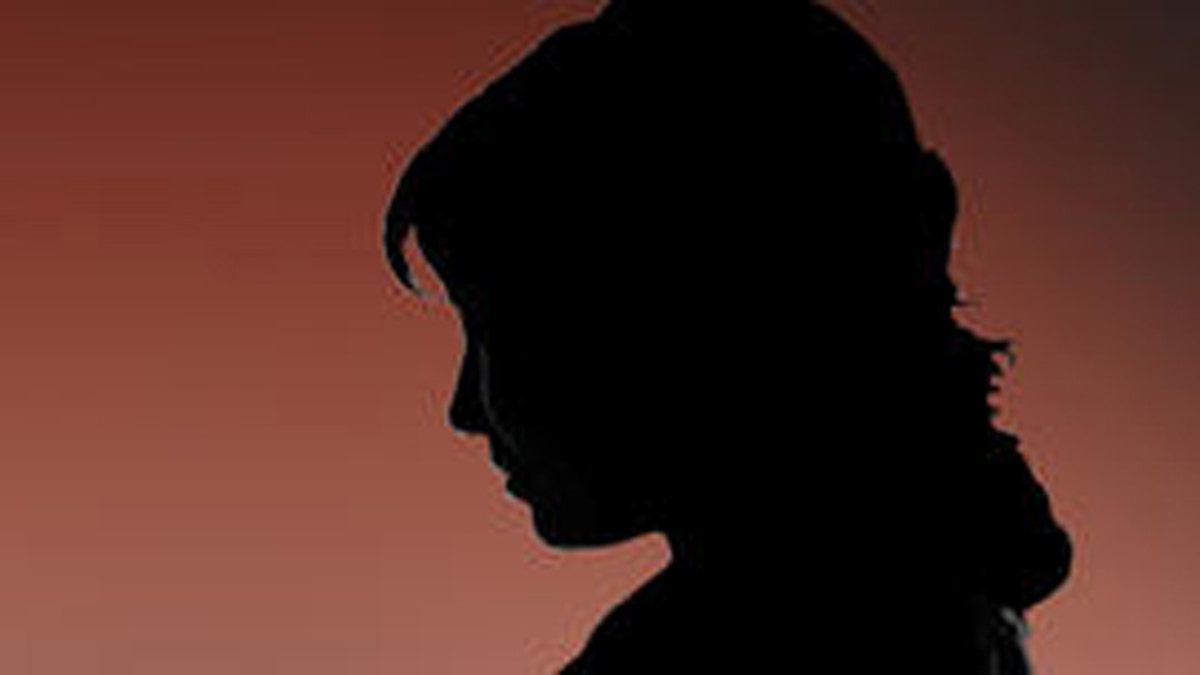
Rocio Arias, 32, right, and Patricia Pimentel, 23, show their pregnant stomachs to female dolphin "Wayra" during a session of a special class offered in Lima's five-star Los Delfines Hotel on Friday, Oct. 21, 2005. Medical doctor Elizabeth Yalan said the energy produced by the dolphin's ultrasound calls can positively stimulate the baby's brain inside the womb. The treatment, developed by a researcher in Spain, is known as "delfinoterapia" or "dolphin-therapy," Yalan said. (AP Photo/Martin Mejia) (AP2005)
The photos make like them look like girls who could be in my daughter’s middle school; however, I’m not looking at yearbook photos, I’m looking at the mug shots of two Florida tweens charged with felony aggravated stalking. Police say their history of online bullying and verbal and physical assault contributed to the suicide of a former classmate, 12-year-old Rebecca Sedwick.
The alleged ringleader, age 14, launched a 10-month reign of terror against Rebecca because the then sixth-grader had the audacity to be the former girlfriend of Queen Bee’s beau. Yes, all this is over a boy. Queen Bee influenced at least 15 other girls to join the attack against Rebecca, and the pack even went after girls who tried to be friends with their target. Queen Bee managed to recruit Rebecca’s best friend to not only join the gang, but also to physically assault her.
On Sept. 10, Rebecca climbed a tower at an abandoned concrete plan and jumped to her death. Queen Bee took one last dig at her victim with a Facebook post that read, “yes I bullied Rebecca and she killed herself, but I don’t give a (expletive).”
What a heartless little (expletive).
Queen Bee’s parents are pulling the “good girl” defense for their daughter. Despite other students validating some of the incidents, they said their daughter was not capable of such cruelty and someone must have hacked her Facebook account.
It’s quite possible Queen Bee had them fooled. The old image of a bully involved a kid who was physically dominant and thuggish, but those are few and far between today. Emily Bazelton, author of “Sticks and Stones: Defeating the Culture of Bullying and Rediscovering the Power of Character and Empathy,” describes today’s bullies as kids who do it for social power. They are expert manipulators, and can appear likeable and successful to others, but they show their victims a much darker side.
It’s also possible these bullies are budding sociopaths. Psychology gently calls this “antisocial personality disorder,” and it manifests in both adults and children. People with this mental disorder typically have no regard for right and wrong and often disregard the rights, wishes and feelings of others. Guilt and remorse are alien concepts, and they treat others harshly or with callous indifference. Rebecca Sedwick fell victim to this behavior.
It’s still possible for Queen Bee and girls like her to get treatment for this disorder, but it’s too late for Rebecca. News reports say Rebecca cut her wrists and was hospitalized during the early stages of the bullying campaign. She was then home-schooled for remainder of sixth grade and enrolled in a new school this fall. Her mother went to great lengths to physically remove her from harm, but Rebecca remained electronically tethered to her tormenters.
Rebecca’s last words were sent online. Just like any other teen, she used social media to connect to others, but a huge part of me wonders what could have happened if someone had taken the steps to block the pack’s online access to her or recognized“This is hurting you, and I’m going to make sure it can’t hurt you anymore” and locked up the computers and smart phones for a while.
Could Rebecca’s tragic case have been avoided with a school anti-bullying program? That’s unlikely given research conducted by the University of Texas, Arlington. They discovered anti-bullying programs may be having the opposite of their intended effect and students at these schools are actually more likely to be victims. Lead researcher Seokjin Jeong said the programs may help students learn what a bully does and looks like, which teaches them how to better hide their behaviors.
So what can we do to help prevent more senseless suicides and help children deal with bullies? Maybe we need to focus less on anti-bullying programs and invest more in teaching coping skills in our schools. The sad reality is our children will encounter bullies for the rest of their lives, and they risk a lifetime of victimization unless they learn how to psychologically defend and affirm themselves. Young bullies grow up to be adult bullies, and although age may change their tactics, the callousness and cruelty remains the same.
I asked my 13-year-old daughter about bullying at her school. She said there weren’t many bullies, but the kids that do get bullied do nothing because the abuse gets worse if someone reports it. “It’s one person’s word against another’s, and the teacher can’t do anything because he doesn’t know who to believe,” she said. “So the bully keeps going because no one can prove he did it.”
The lack of consequences for bullying is distressing, but there is hope. There are kids who take kindness and compassion to heart. Programs like Rachel’s Challenge, which is used at my daughter’s school, encourage kids to embrace these character traits to quell school violence, bullying and teen suicide. There are also genuinely good and brave kids out there like Carson Jones, the quarterback for Queen Creek High School in Arizona. Thanks to Carson, Chy Johnson, a 16-year-old girl with special needs, is no longer bullied because the entire football team became her big brothers at the school.
Just like Chy and thousands of other bullied kids, Rebecca Sedwick deserved kindness, compassion and a team of champions. Sadly, Rebecca never received such treatment from her peers.
Rebecca, I am so sorry that no one down here was brave enough and strong enough to stand up for you and protect you from this pack. I see your tormenters photos on the news, and I feel anger. I see your photo, and I feel sadness – sadness that neither you nor the world knew how wonderful, valuable, beautiful and worthy of love you are. What a tremendous loss for this world.








































